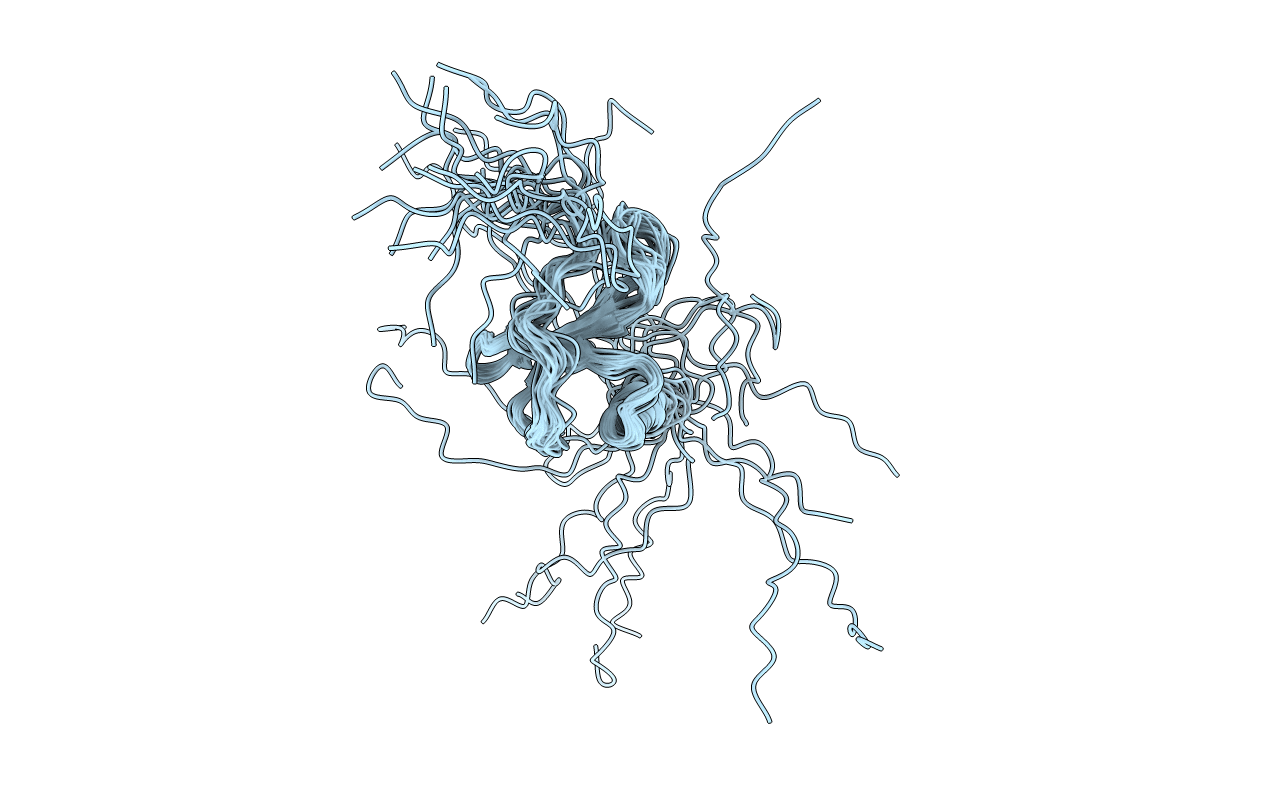
Deposition Date
2016-06-03
Release Date
2017-06-21
Last Version Date
2024-11-13
Method Details:
Experimental Method:
Conformers Calculated:
20
Conformers Submitted:
20
Selection Criteria:
structures with the lowest energy


